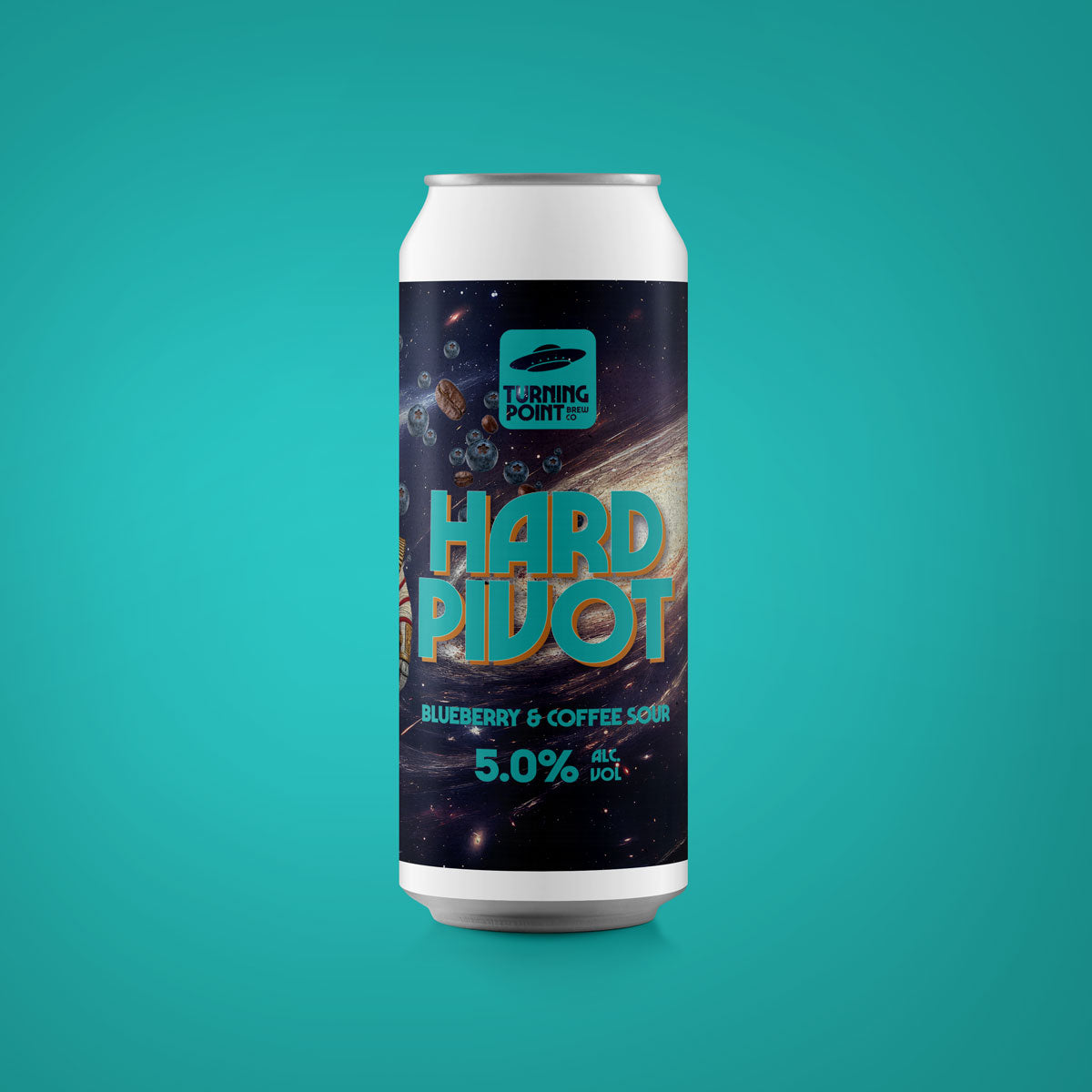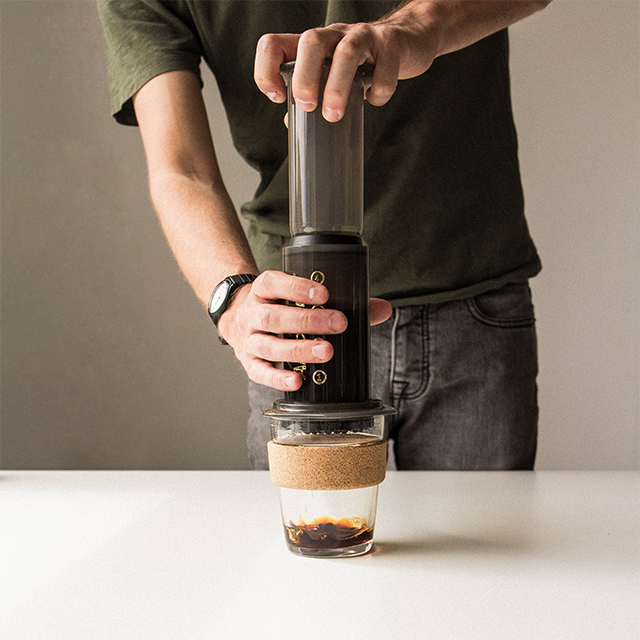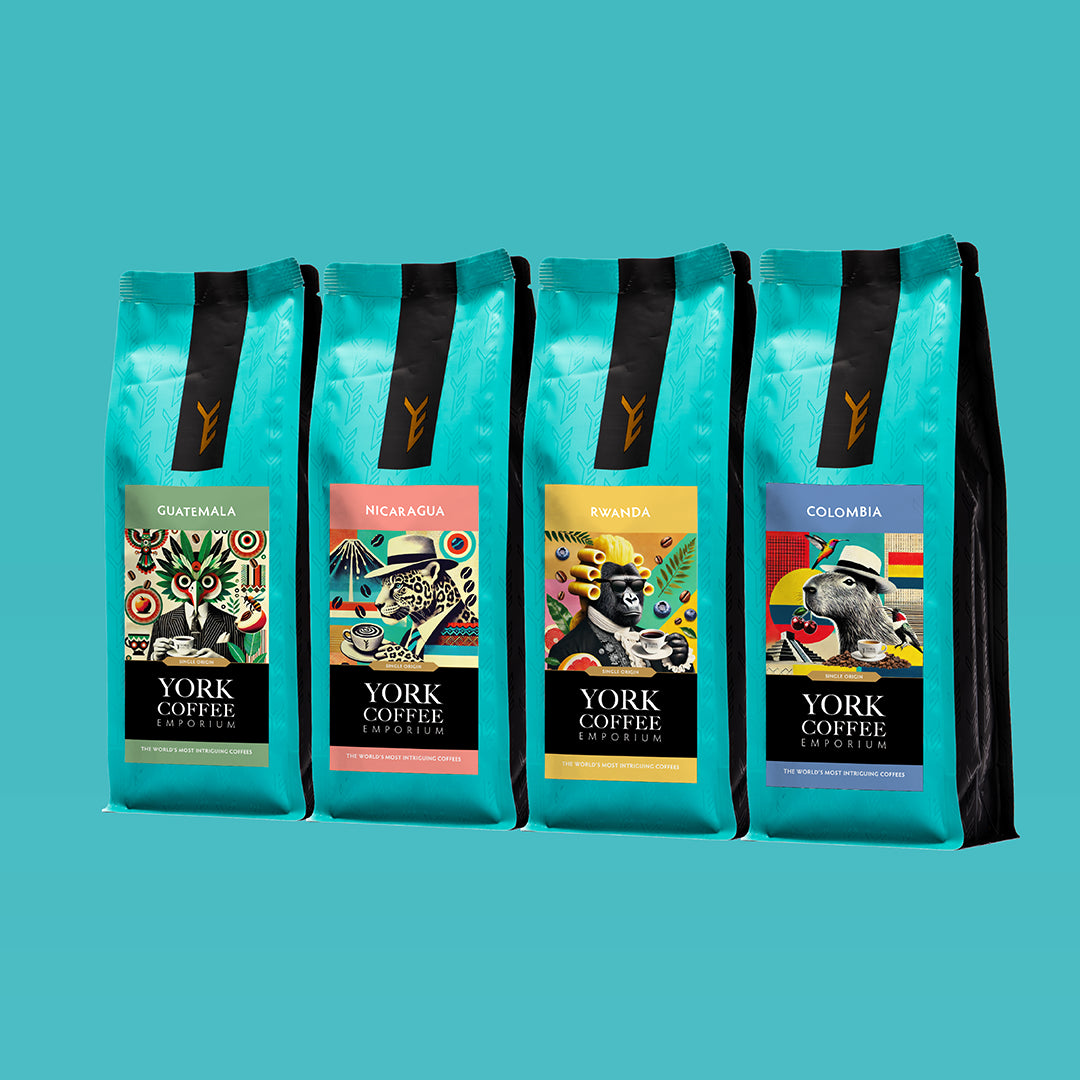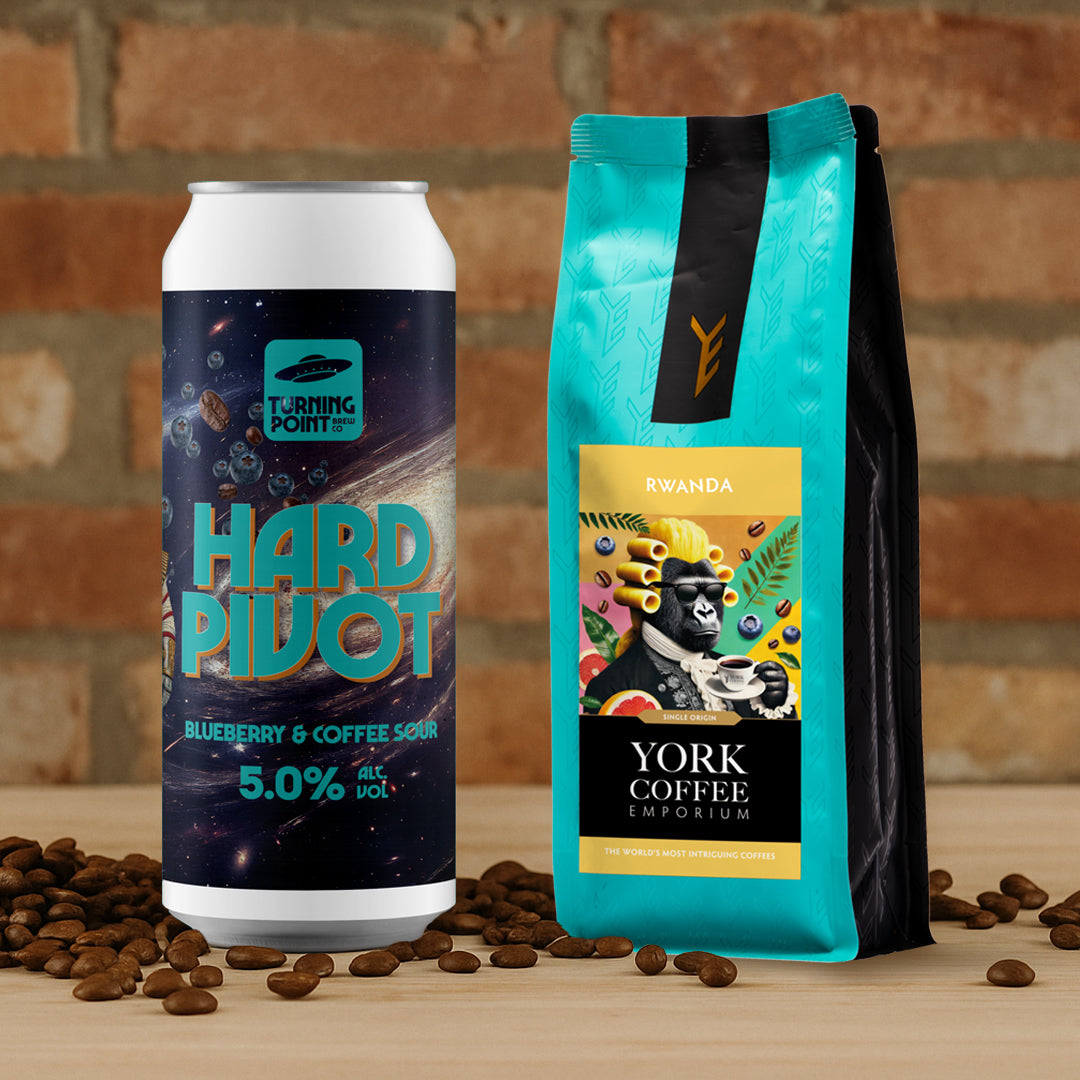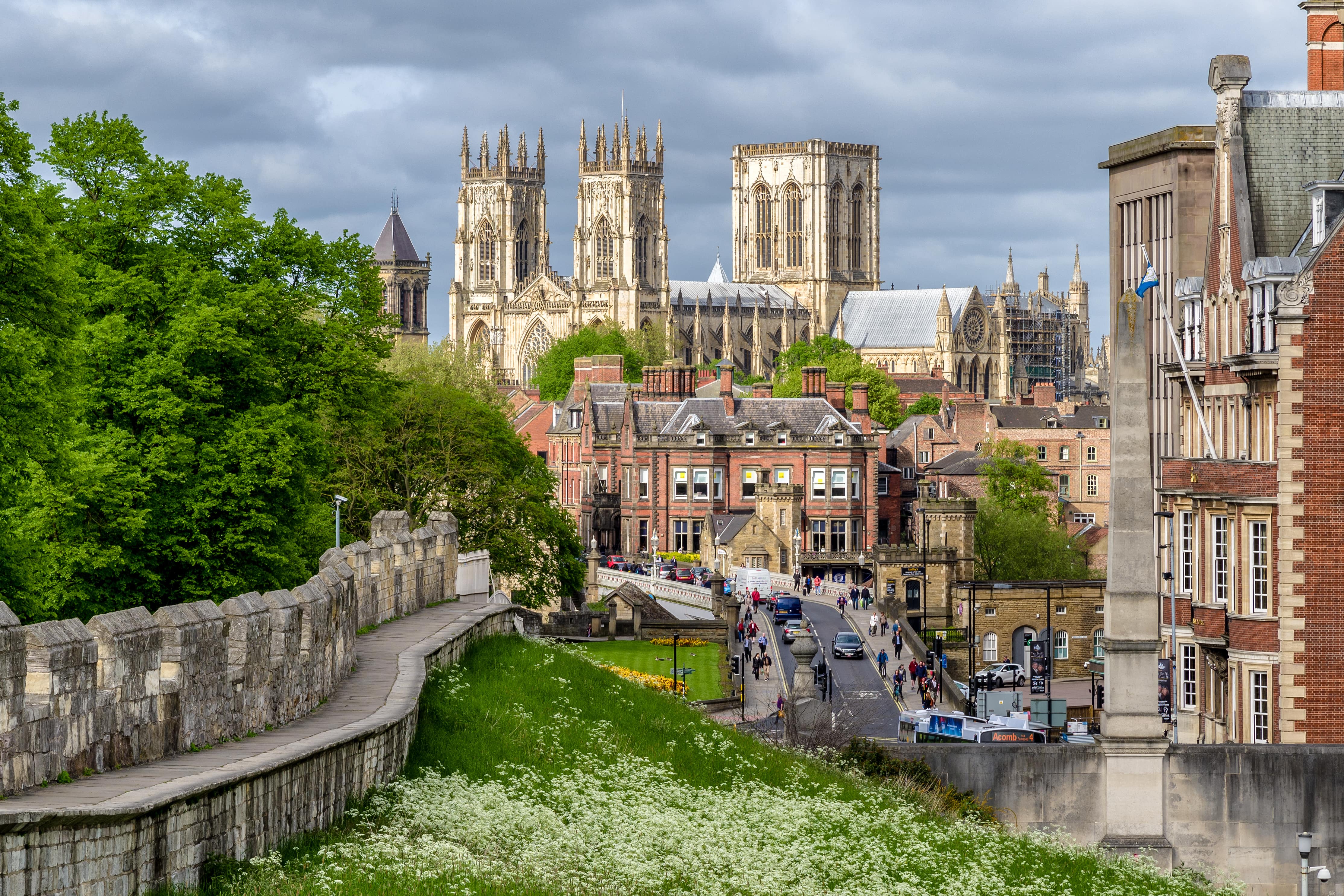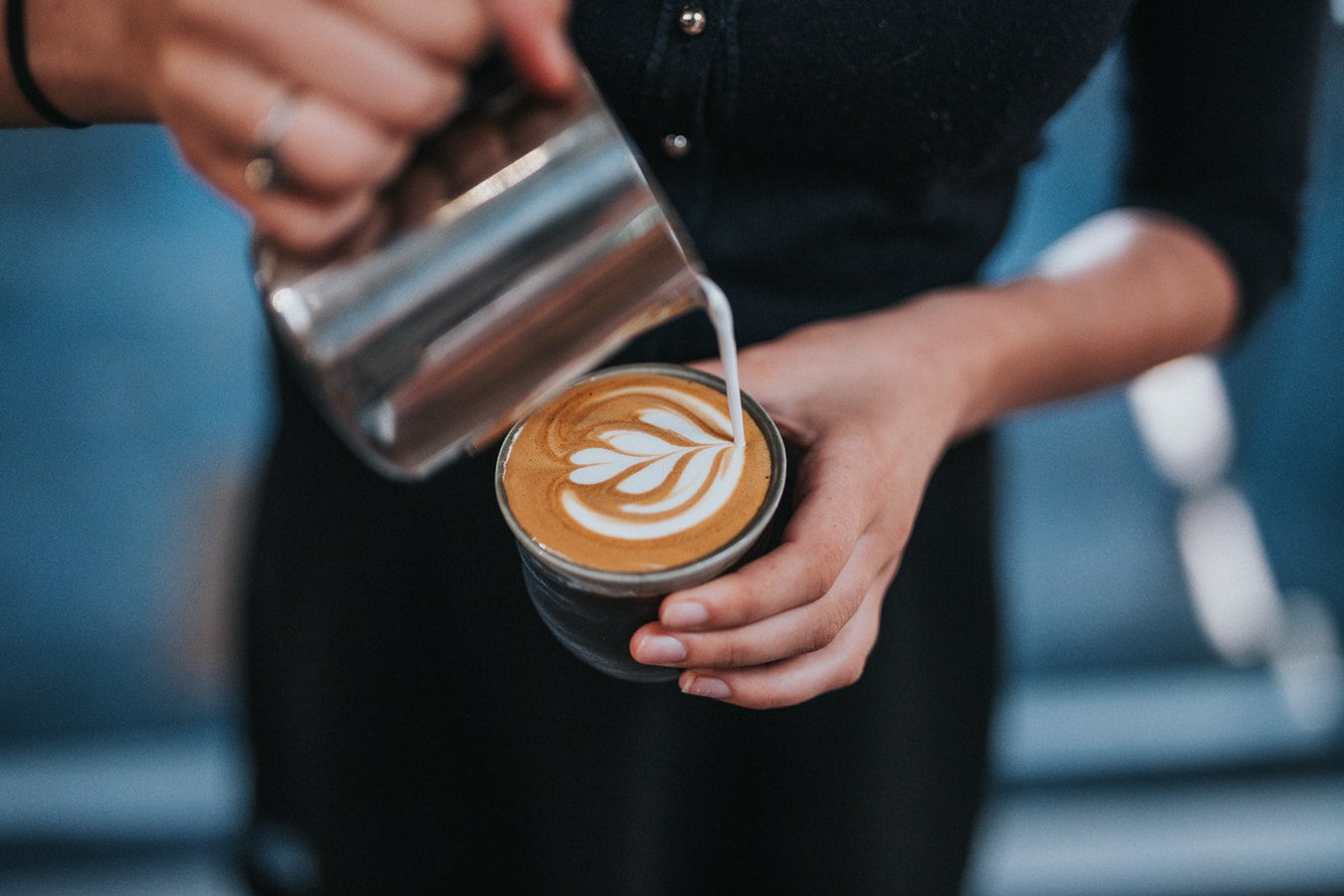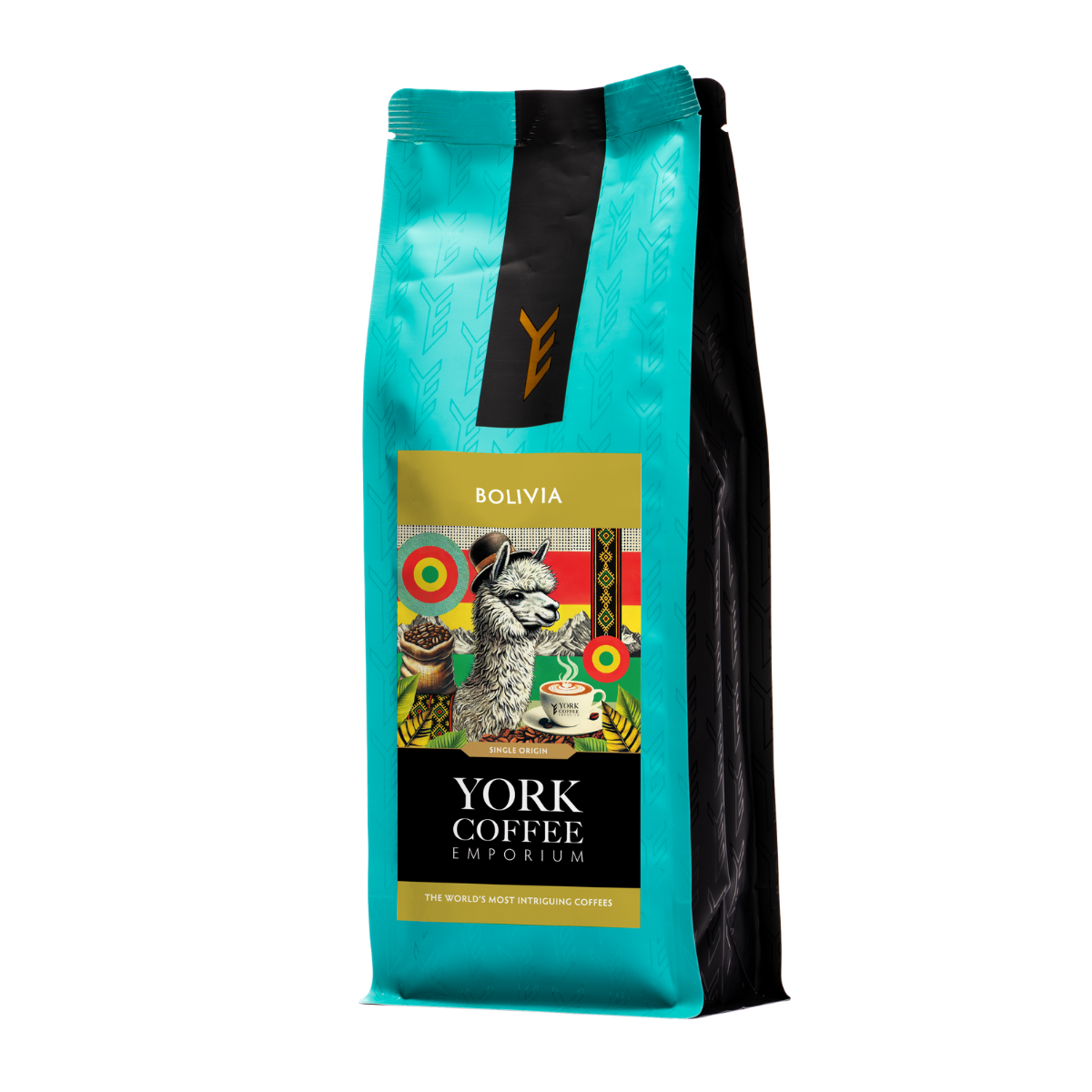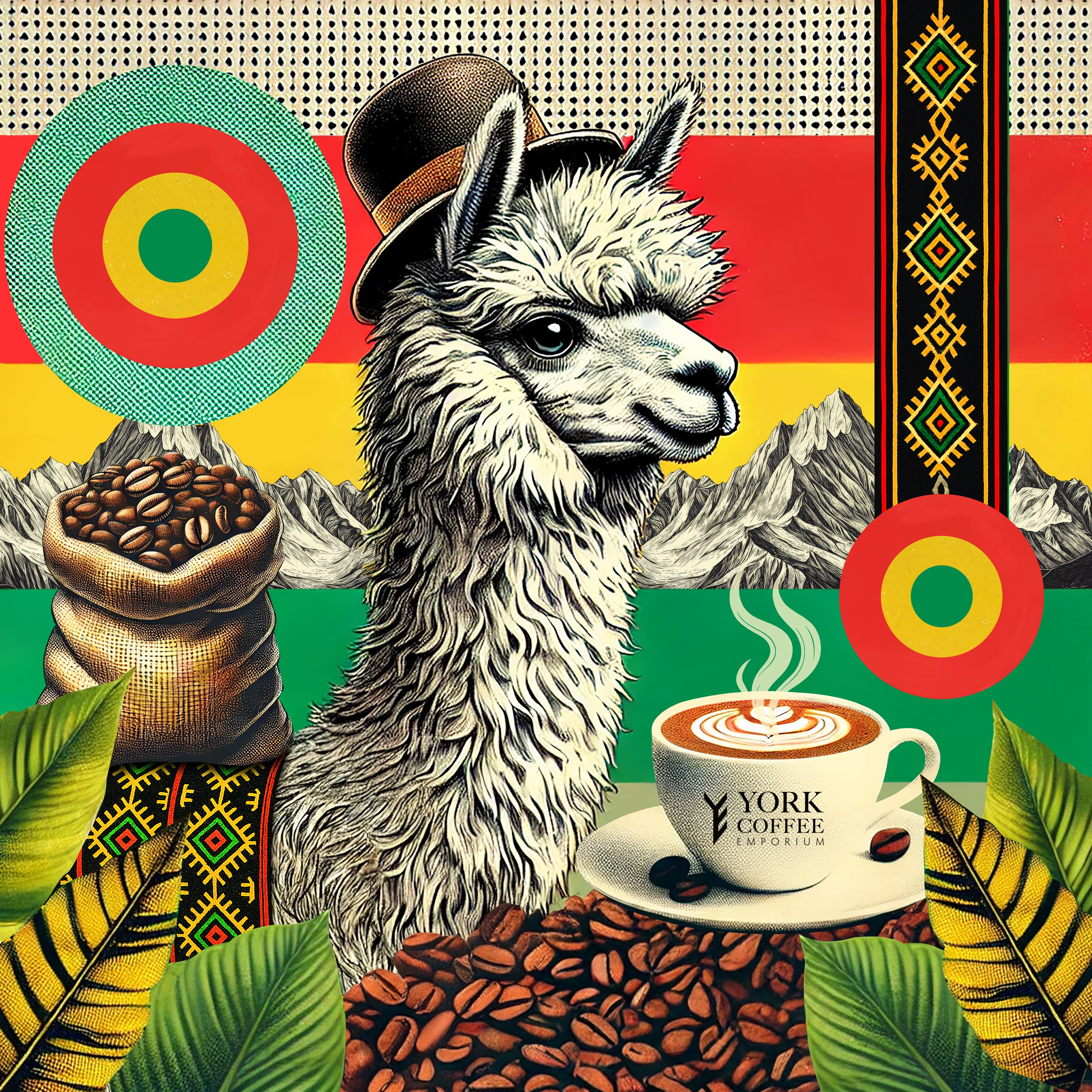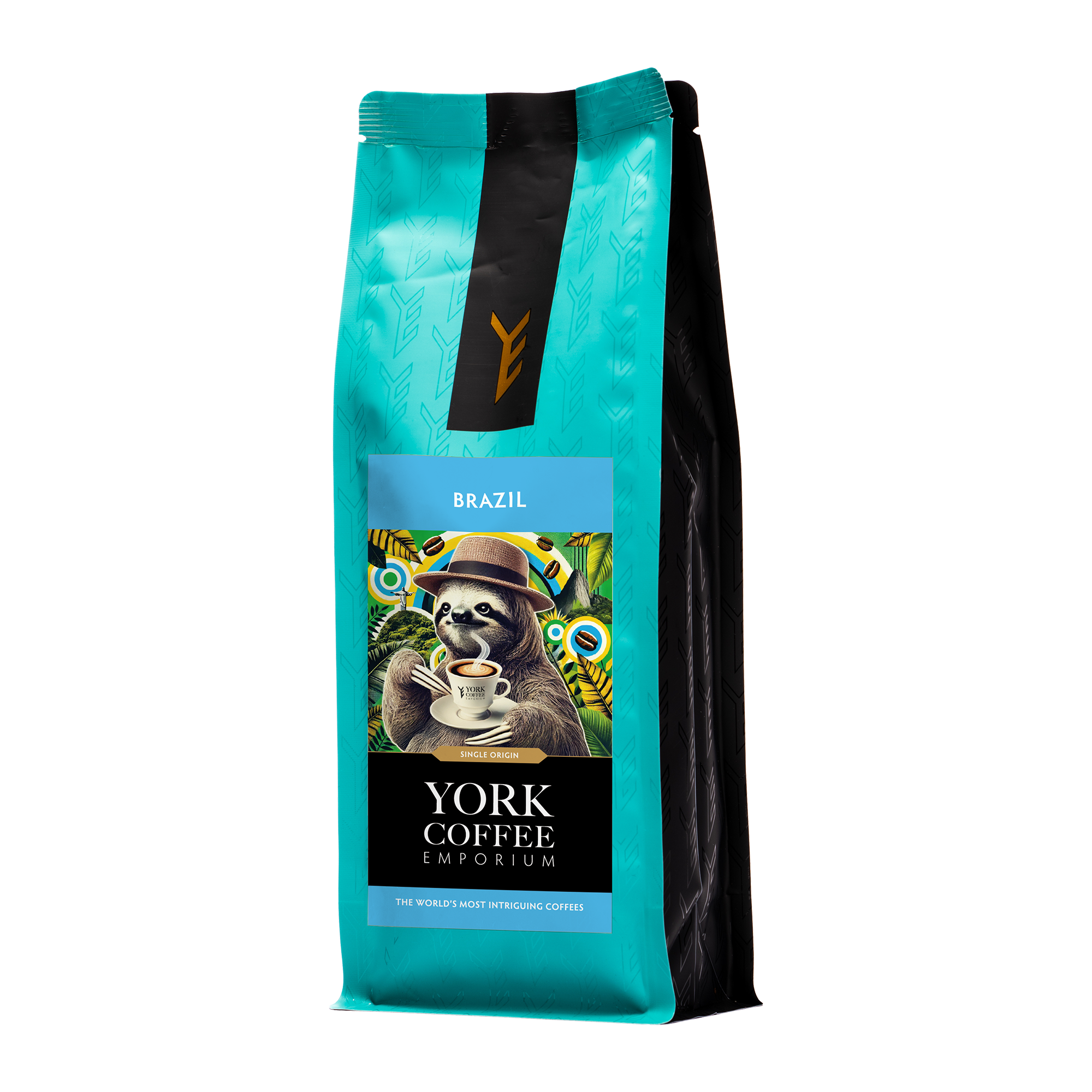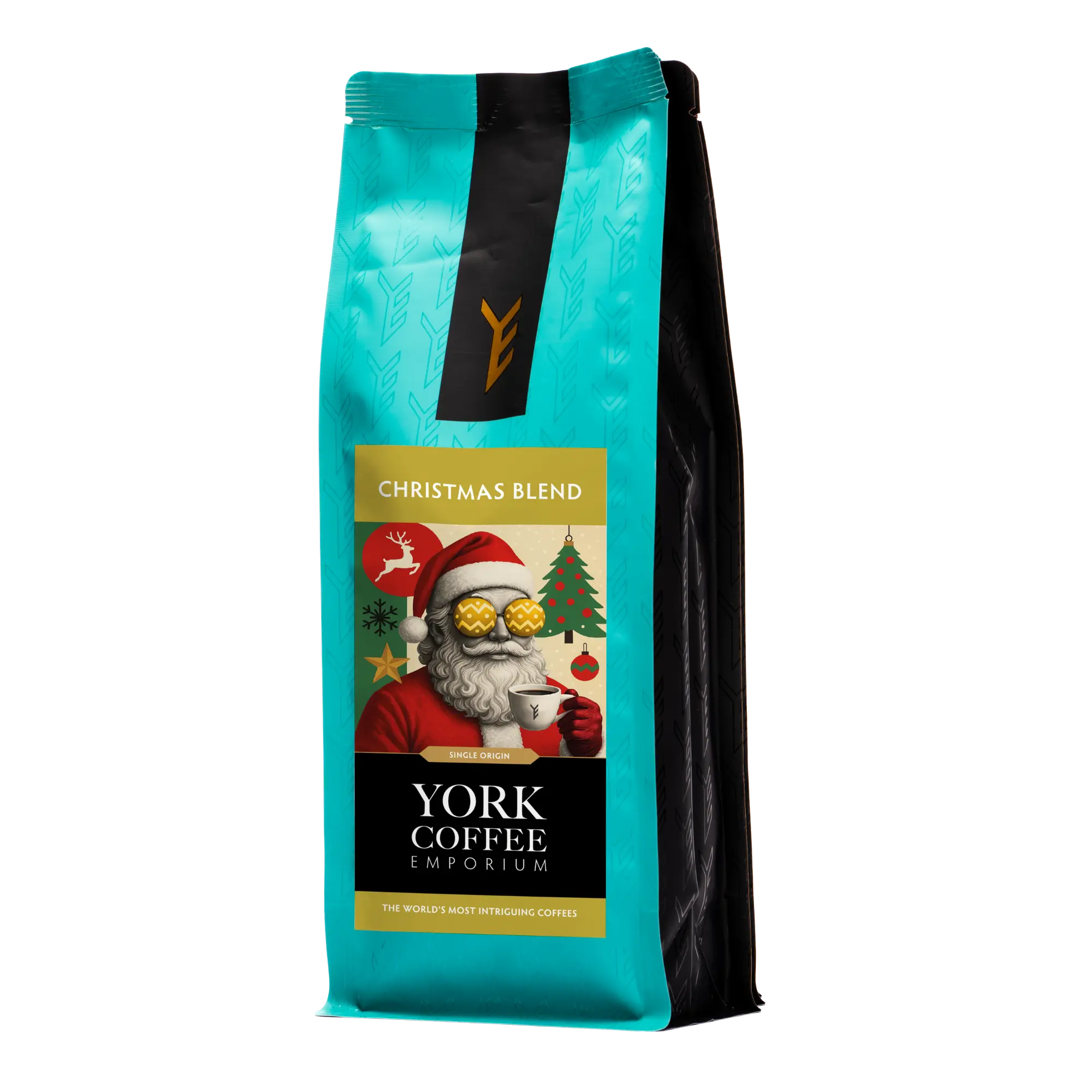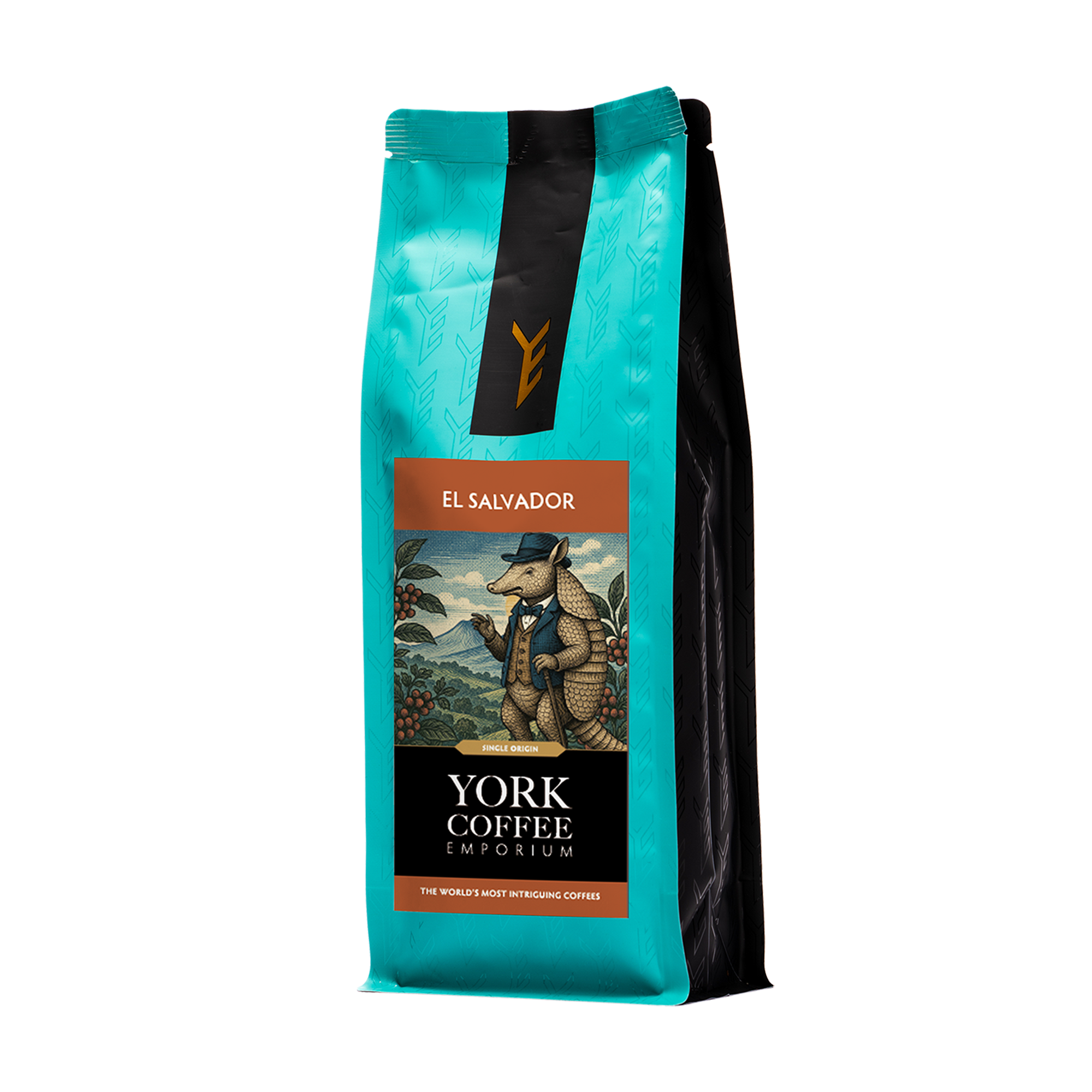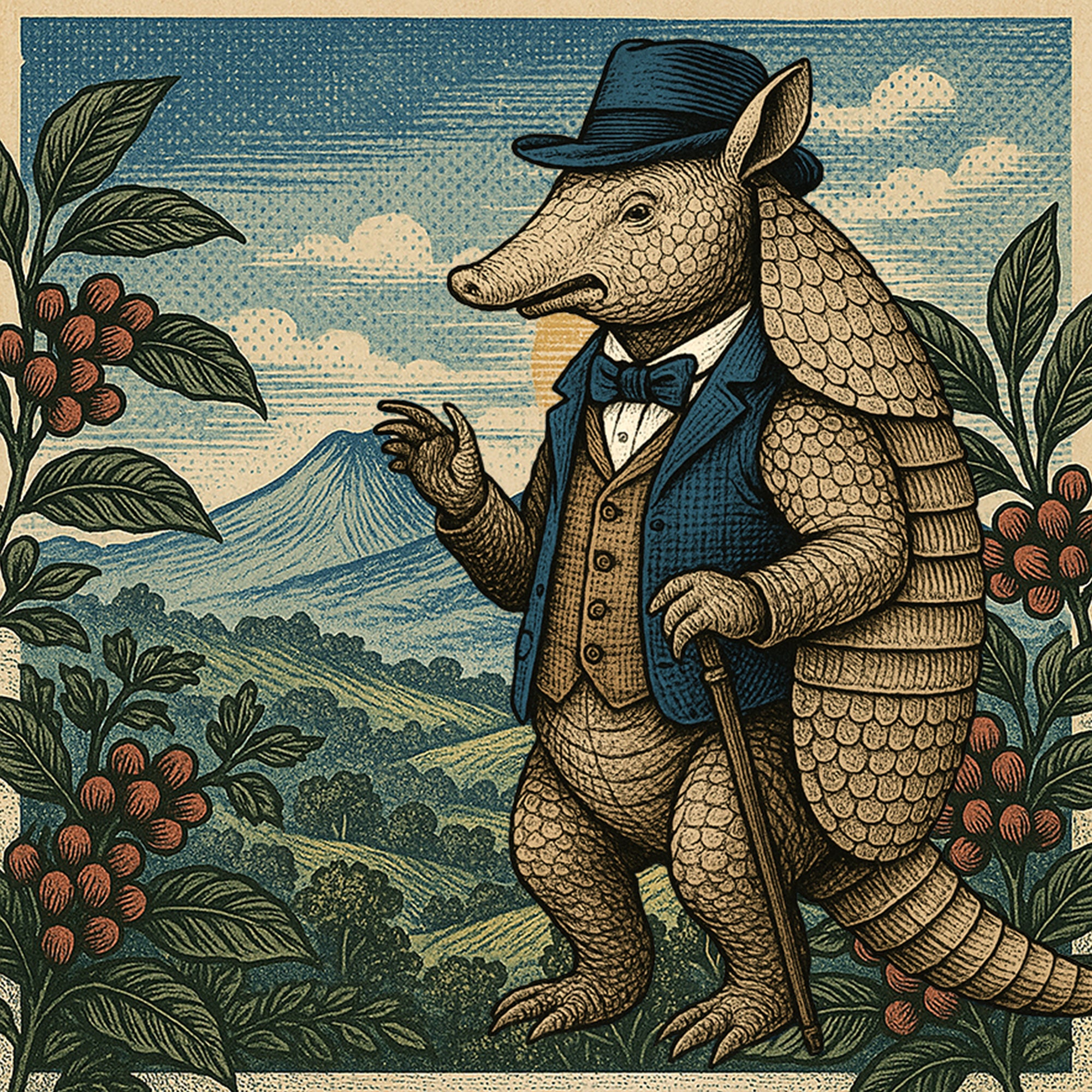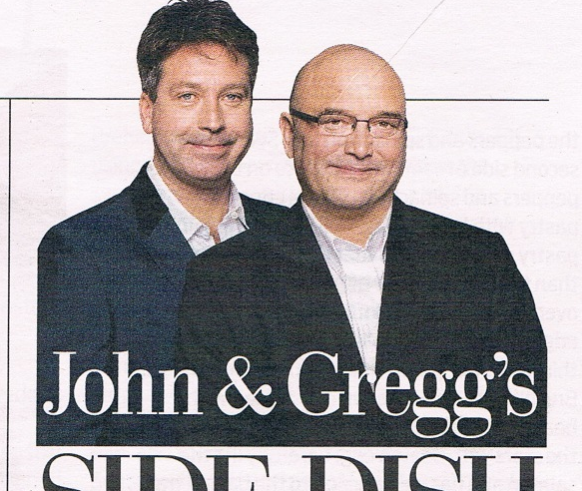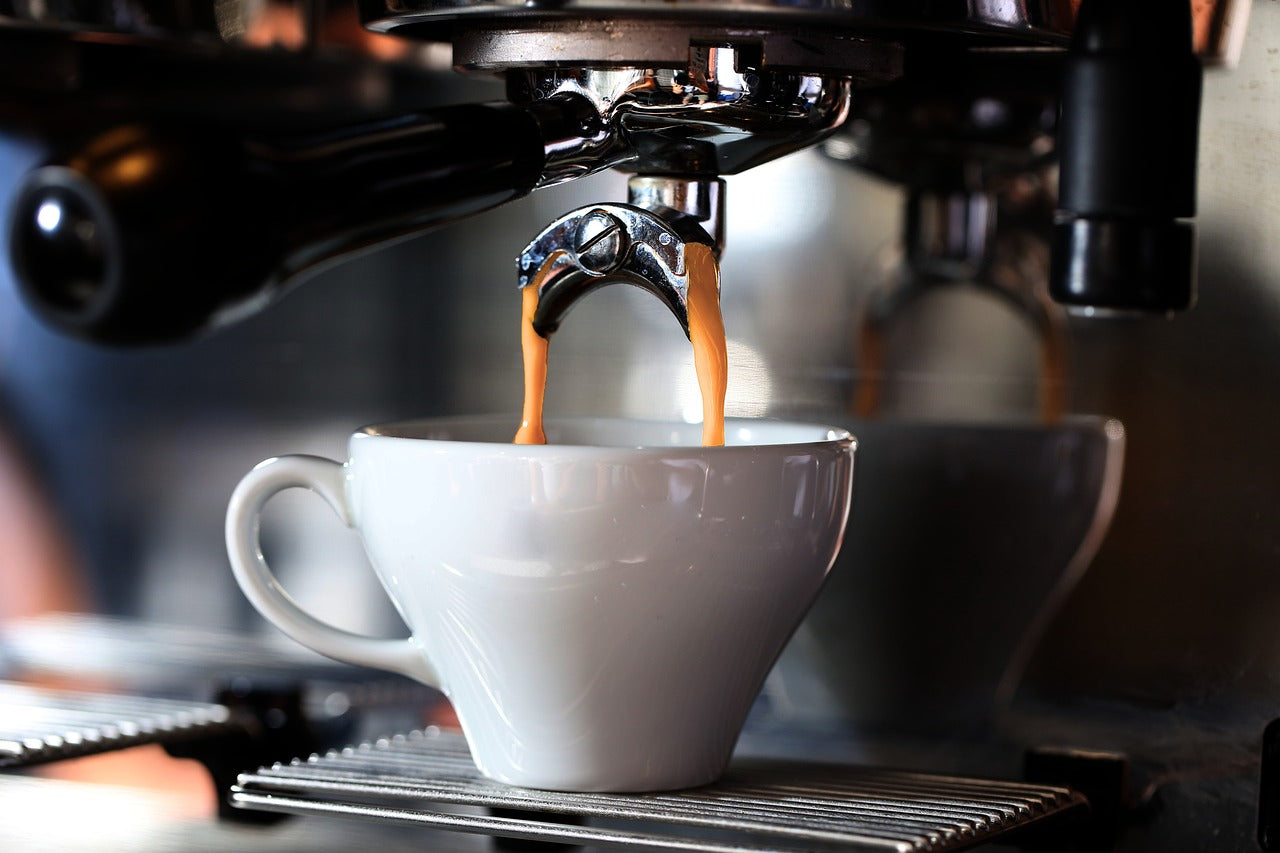Have you ever been at a coffee shop and had to ask the barista exactly what a Flat White is? Well, you’re not alone. In fact, Flat Whites tend to confuse a lot of people! For instance, some coffee shops serve a Flat White as a small Latte, whereas traditionalists like myself view them as completely different drinks.
As coffee lovers, we love Flat Whites because they allow us to create a drink that is distinctly different from the traditional Cappuccino or Latte you commonly see in coffee shops. As roasting experts, they give us a way to enhance the flavour of the speciality coffee bean itself while still creating a milky coffee.
Perfecting the roast and flavour of the coffee is always our focus, but often the addition of milk can impair this. For example, single-origin medium roasted coffee beans standing alone with no added milk can bring forth such a depth of flavours – sweetness, acidity, a cocoa-y hint of bitterness – that can then all but disappear as soon as foamed milk is added. My challenge is to produce a coffee that retains the depth of flavour of the roast and melds seamlessly with the milk to produce the optimum balance.
What exactly is a Flat White?
The drink originated in the 1980s in New Zealand or Australia – although this is pretty hotly debated! Suffice to say, it was developed around then somewhere in the Antipodes. There’s also some argument over what exactly constitutes a Flat White coffee, but for me it’s the following:
-
Full fat milk is textured until it reaches a velvet micro-foam (not a stiff froth)
-
The textured milk is poured over the espresso and folded through the whole drink, leaving no layer separation between liquid coffee and milk
-
It can be made with a single or double shot of espresso, as long as the milk is correctly proportioned – the coffee needs to do most of the talking, not the milk
A Flat White should be served in a medium size (8–9oz), so it’s bigger than a Macchiato but smaller than a Latte. If you’ve been searching what is a flat white coffee in the UK, now you know – it’s about proportion, balance, and precision.
Flat White Coffee vs Latte: What’s the Difference?
This is one of the most common questions people ask. The difference between a Flat White and a Latte comes down to milk texture and strength. While both use espresso, a Latte has more milk and more foam, often creating a gentler flavour. In contrast, a Flat White uses less milk, less foam (microfoam specifically), and therefore offers a stronger coffee flavour with a velvety texture.
So when comparing flat white coffee vs latte, think: less volume, more punch.
Making a GOOD Flat White
It’s about packing as much taste as possible into a small package. The coffee should be high quality – not over-roasted – dosed and ground correctly to ensure the perfect extraction of the coffee liquor.
A Flat White uses less milk and less foam. The foam it does use is microfoam, which has tiny bubbles (hence Flat White) and so it uses proportionately more coffee than a Latte. The texture should feel velvety and there should be a natural creamy sweetness.
Which coffee works best?
It really depends on your personal taste. We like a little fruity acidity to help cut through the milk, but any of these are real crackers:
-
House Brazil (The Terrence) – smooth and mellow with creamy chocolate and subtle nutty sweetness
-
House Kenya (The Gunpowder) – vibrant with cocoa depth and gentle red fruit acidity
-
House Espresso – bold, juicy, and perfectly balanced for cutting through milk
You can find all of these in our coffee collection or explore more options in our single origin range.
Different coffees change the final flavour
You need a coffee that works well with velvety, sweet textured milk. If you go for a coffee that’s too fruity or acidic, like some single origin coffees, then you may get a curdled taste that’s not great.
The Flat White tends to soften some of the harsher taste profiles in coffee and amplify others, so a smooth Brazilian single-origin variety with a hint of caramel, hazelnut, or chocolate can perfectly complement the milk – creating a flavour profile that’s almost Snickers-like.
Make it at home
It’s really simple to make a good Flat White at home with a decent espresso machine. You don’t need to foam the milk too much; you want the end result to be textured in a similar way to a Latte, with a little tight foam on top – something which most home espresso machines can handle.
Why I love a Flat White
If you like milk in your coffee sometimes, the Flat White – if prepared correctly – can deliver the subtle characteristics of a well-roasted bean while also offering a mild, milky creaminess. For those roasters that burn their beans, there is no place to hide!

